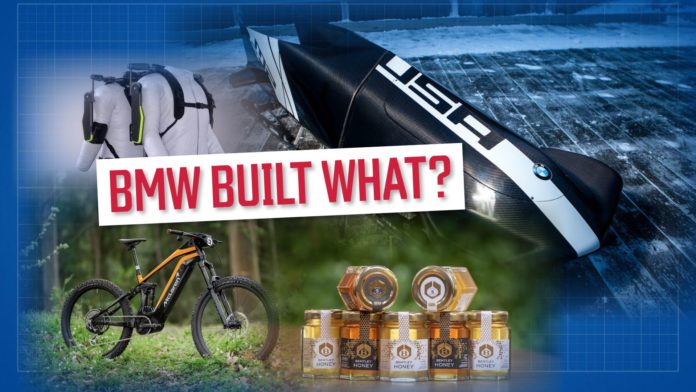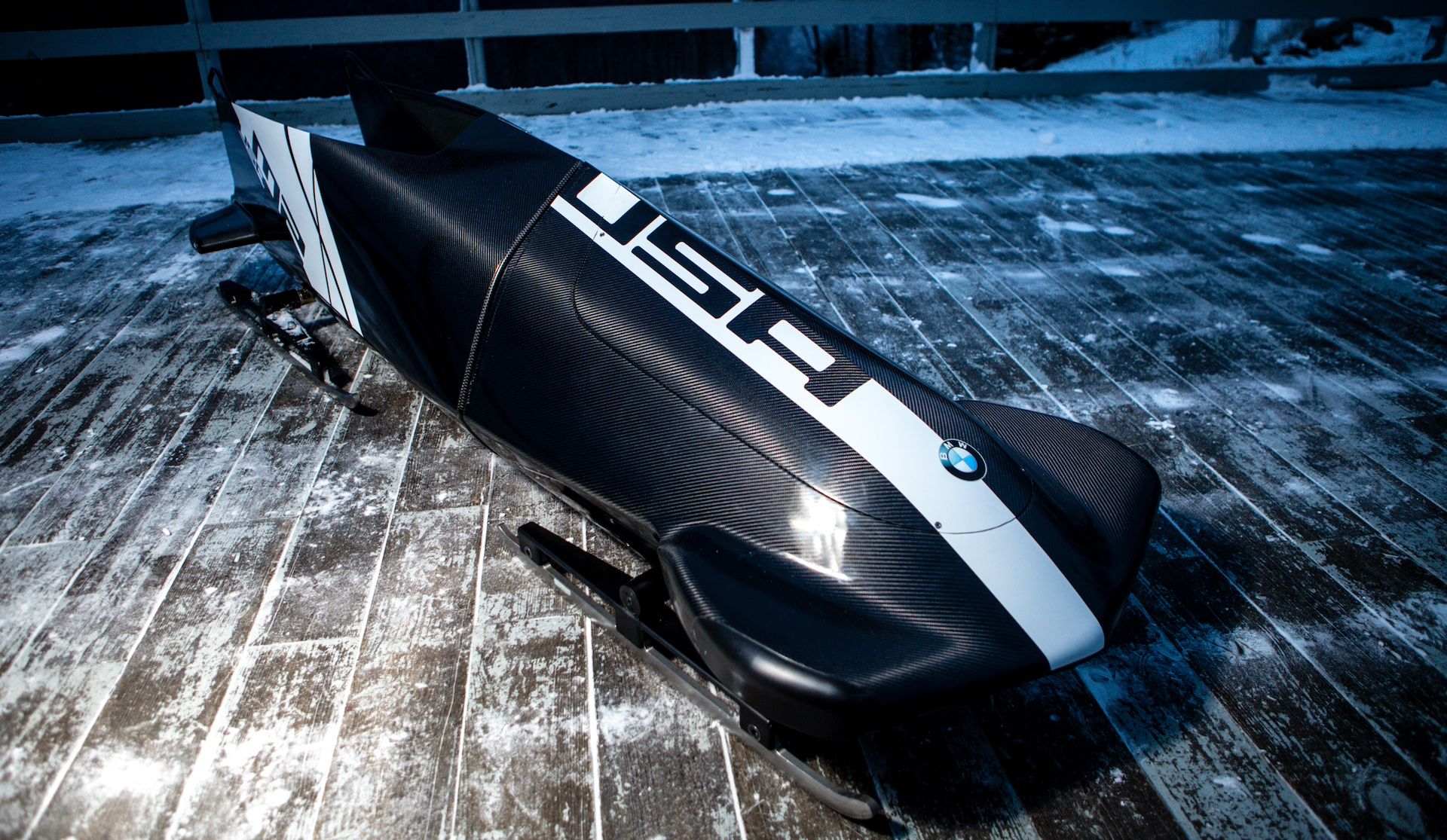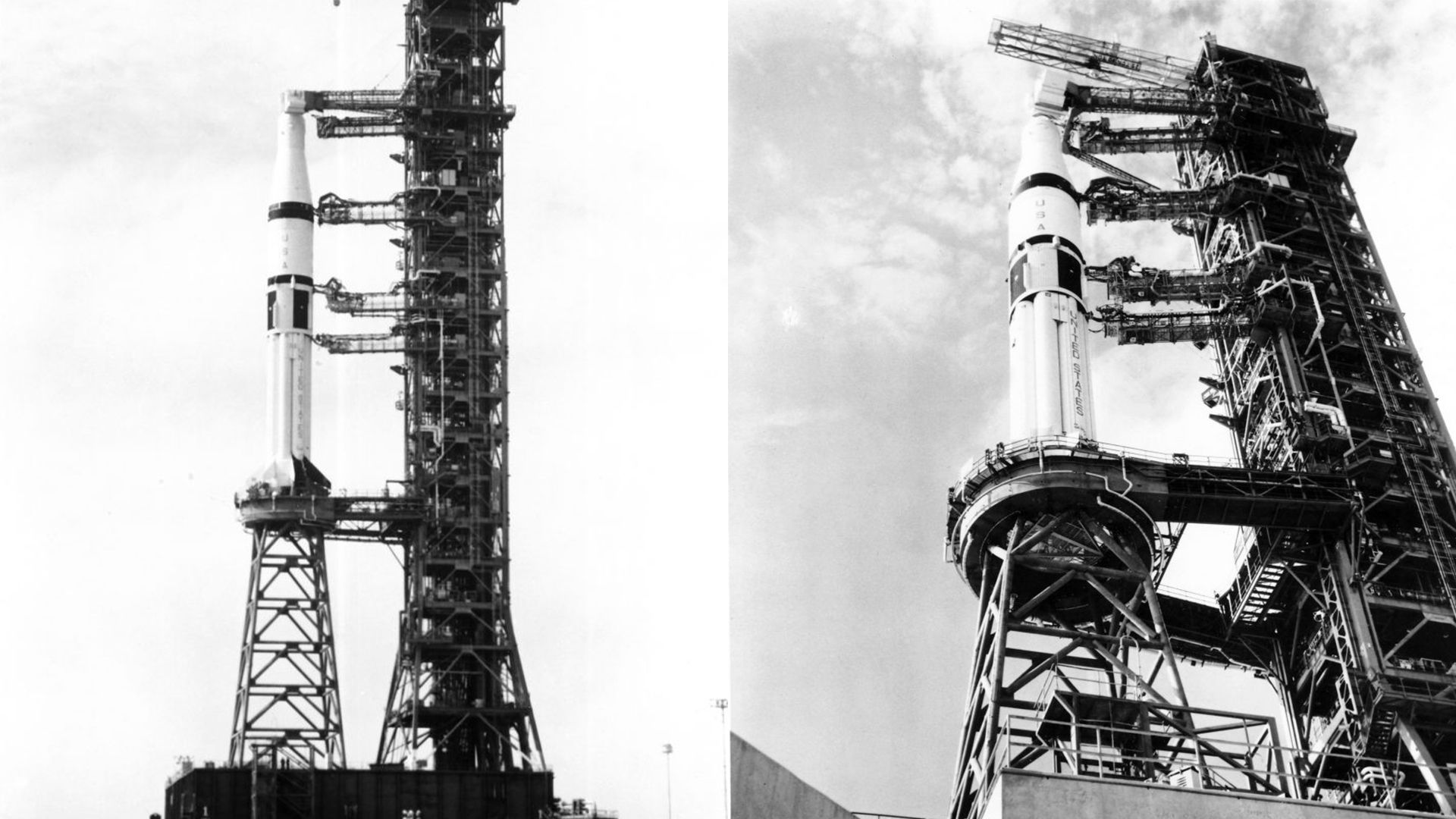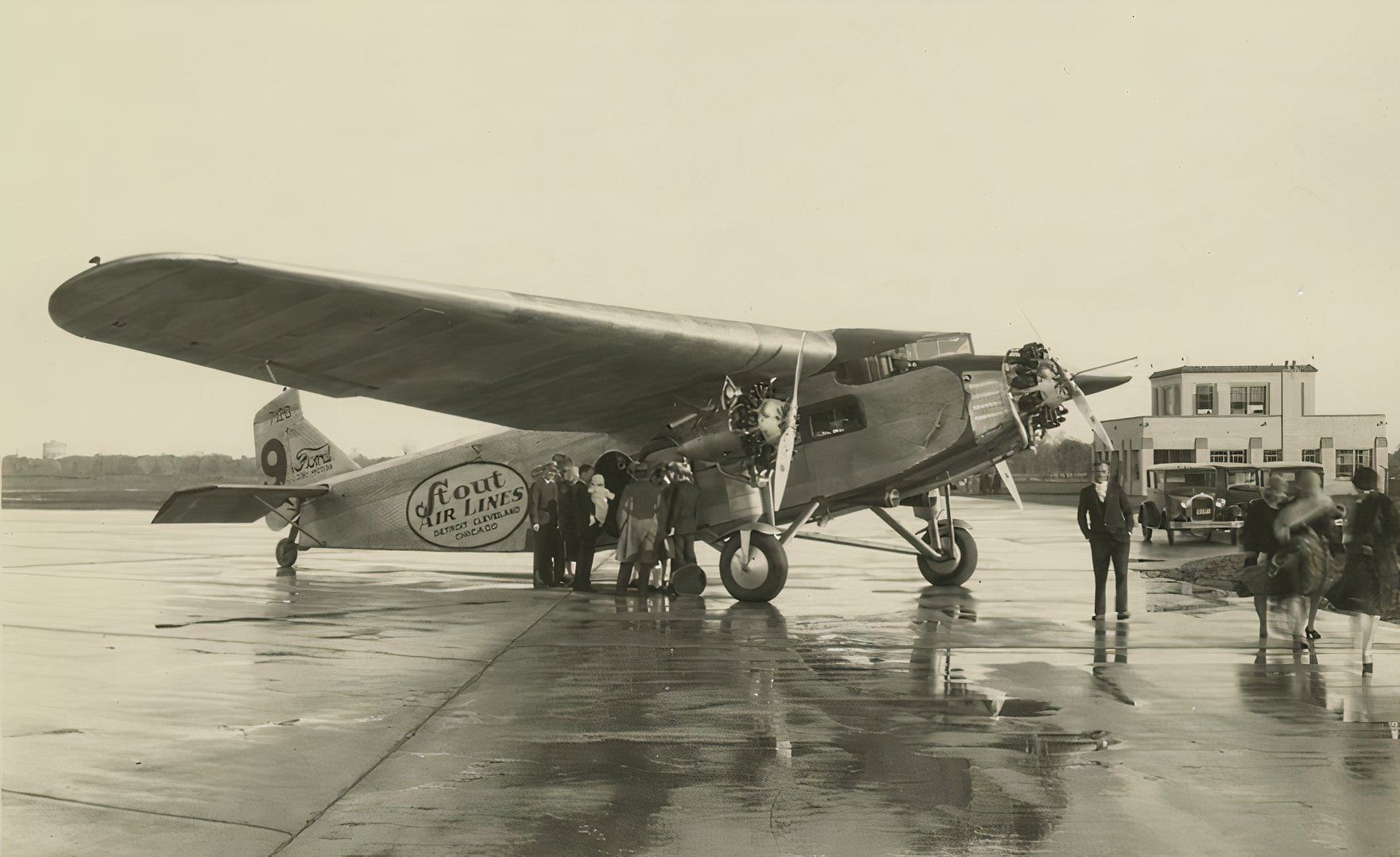It sounds silly having to say it, but we all know automakers make cars – some make trucks and vans, some make commercial vehicles, and maybe the occasional motorcycle. However, many of the world’s major automotive manufacturers have explored different industries, creating products that range from kitchen equipment to rockets and even sweet treats. The decision to branch out into non-automotive products often stems from a combination of history, necessity, and opportunity.
Some of these endeavors date back to the origins of the companies themselves, while others represent modern efforts to leverage existing technology and expertise in new ways. Below are ten fascinating examples of automakers building things that aren’t even remotely car-related.
The information in this article was sourced from the automaker’s website and press releases, along with historical accounts of the said products.
Peugeot Pepper Mills
Peugeot, a name synonymous with French automobiles, has roots that stretch far beyond cars. Before becoming a major car manufacturer and a Le Mans contender, Peugeot began as a family-run business in 1810, producing coffee grinders and bicycles. Today, the company continues to produce kitchen and dining equipment through its subsidiary, Peugeot Saveurs.
Peugeot Saveurs’ culinary products are now celebrated worldwide, and the brand doesn’t only specialize in high-quality pepper mills and salt grinders. You can buy corkscrews, coffee makers, and crockery for baking, along with exclusive gift sets. Peugeot’s pepper mills have become iconic, with the brand’s history in kitchenware remaining a significant part of its identity. These gorgeous pepper mills are still manufactured in France.
Bentley Honey
Luxury carmaker Bentley is known for creating opulent, bespoke vehicles, but the British marque also has something sweet to offer in the form of honey. Located at its headquarters in Crewe, England, the Bentley Excellence Center for Honey Production is a unique initiative that aligns with the brand’s sustainability initiatives. The facility currently hosts 17 beehives, which are home to more than a million bees.
The bees at Bentley produce what the company calls “Black Edition Label” honey. The honey-making operation started in 2019 with just two hives, but it has since expanded. In 2023, Bentley harvested over 500 jars of honey from their oldest hives. The honey, while not for sale to the public, is a luxurious treat that Bentley shares with employees and special guests. It feels quite an appropriate thing for Bentley to be making, despite not having anything to do with cars.
Toyota Sewing Machines and Houses
As one of the world’s biggest automakers, Toyota is a household name in auto manufacturing. However, the company’s manufacturing expertise extends far beyond cars – in fact, Toyota began as a textile machinery company, and it continues to produce sewing machines to this day.
Today, the maker of the world-famous Corolla remains involved in various sectors, including housing. Through Toyota Housing Corporation, they offer homes that focus on environmentally friendly and disaster-resistant homes. These homes are particularly popular in Japan, where they are seen as a blend of tradition and innovation.
Volkswagen Sausages
Volkswagen may be best known for the Golf GTI and other mainstream cars, but in Germany, the brand also ventured into the sausage market. The company began producing sausages in 1973 at its factory in Wolfsburg, initially as a way to feed its workers. However, the sausages became so popular that Volkswagen started selling them to the public.
These sausages, known as “Volkswagen Currywurst,” became a cultural icon in Germany, even outselling the company’s cars in 2015 (7.2 million sausages versus 5.8 million vehicles). However, in 2021, Volkswagen announced that it would stop producing the famous sausages as part of its shift towards more sustainable and plant-based food options.
BMW Bobsled
Your favorite Bimmer will either be the BMW M3 or M5 because of the sheer driving pleasure they evoke, but did you know that BMW also applied its engineering prowess to the world of sports? In 2014, BMW partnered with the USA Bobsled and Skeleton Federation to design a high-tech bobsled for the Winter Olympics.
The BMW-designed bobsled was a departure from traditional designs, incorporating advanced aerodynamics and lightweight materials. The result was a faster, more stable sled that helped the US team achieve significant success on the ice, leveraging BMW’s engineering expertise.
GM Bat Houses and Refrigerators
General Motors (GM) has ventured into some unusual territory over the years. In addition to making cars and trucks, the company has also produced bat houses and refrigerators. The bat houses were part of GM’s environmental initiative in 2015, repurposing old Chevrolet Volt battery covers – before it got axed from the lineup – to create habitats for bats, aiming to support local ecosystems and promote biodiversity.
Meanwhile, not everyone knows that GM forayed into refrigerators, dating back to the early 20th century. From 1919 to 1979, the company produced refrigerators under the Frigidaire brand. While GM eventually sold the Frigidaire division, which eventually became the Electrolux brand, its legacy in the refrigeration business remains a fascinating chapter in the company’s history.
McLaren, Lotus, And Peugeot Bicycles
Several automakers have taken their engineering skills to the world of bicycles. British automaker McLaren, known for its high-performance sports cars, translated its expertise in lightweight materials and aerodynamics into electronic bicycles that can run up to 20 mph.

Add CarBuzz to your Google News feed.
Another British automaker, Lotus has also ventured into cycling with the Type 136, a high-performance lightweight electric road bike that follows Lotus’ mantra, “Simplify, then add lightness.” Meanwhile, Peugeot started as a bicycle manufacturer before entering the automotive industry (and, as we now know, making pepper grinders). It continues to produce bikes today, with its latest lineup consisting of connected electric bicycles.
Hyundai Exoskeleton and Container Ships
Hyundai is a giant conglomerate in South Korea, with interests that go far beyond automobiles – including ventures in cement and even fuel stations. Among its many ventures, however, are some movie-like experiments, like its development of exoskeletons and container ships. Hyundai’s exoskeletons are designed to assist workers in physically demanding jobs. The wearable vest exoskeleton is intended for overhead work, reducing strain and improving safety.
Meanwhile, Hyundai Heavy Industries is one of the largest shipbuilders in the world. The company produces massive container ships that transport goods across the globe. These ships are vital to international trade, including the transport of Hyundai’s vehicles from Korea to other parts of the world.
Chrysler Rockets
Chrysler is known for luxurious American cars, but the company has also played a significant role in space exploration. In the 1960s, Chrysler’s space division was instrumental in developing the Saturn I and Saturn IB rockets, which were used by NASA during the Apollo program.
Chrysler’s work in the aerospace industry began when they were contracted by the US government to develop missile technology. This led to the creation of the Saturn rockets, which helped pave the way for human space exploration.
Ford Trimotor Airplanes
As the maker of the first mass-produced automobiles and the company that brings us America’s favorite truck, the F-150, Ford is one of the most iconic names in the industry. But the company also made a significant impact on aviation with the Ford Trimotor airplane. Introduced in 1926, the Trimotor was one of the first all-metal, multi-engine commercial airplanes.
The Ford Trimotor, often referred to as the “Tin Goose,” was known for its durability and reliability. It was used by airlines around the world and played a crucial role in the development of commercial aviation.
Sources:
Peugeot, Bentley, Toyota, Volkswagen, BMW, General Motors, McLaren, Lotus, Hyundai, Stellantis,
Henry Ford Museum





